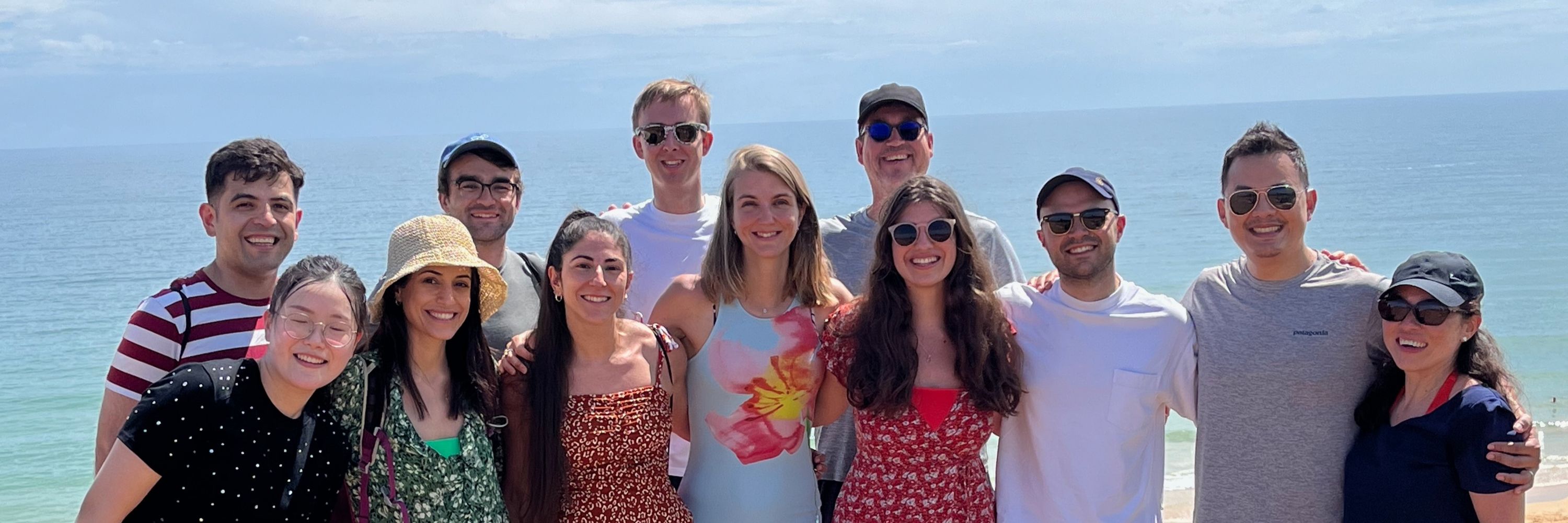
Caetano Reis e Sousa
@reisesousalab.bsky.social
We are the Immunobiology Lab at the Francis Crick Institute (@crick.ac.uk). We study how the body detects and responds to infection, cancer and tissue damage.
Thanks, Ivan!
November 4, 2025 at 9:28 AM
Thanks, Ivan!
Thank you to all the present and former members of @reisesousalab.bsky.social and colleagues @crick.ac.uk who helped. But the real hero is Mike Buck, who persevered over several years to bring this study to fruition!
November 3, 2025 at 5:23 PM
Thank you to all the present and former members of @reisesousalab.bsky.social and colleagues @crick.ac.uk who helped. But the real hero is Mike Buck, who persevered over several years to bring this study to fruition!
Fascinating Yin and Yang, the significance of which we can only speculate at.
November 3, 2025 at 5:23 PM
Fascinating Yin and Yang, the significance of which we can only speculate at.
But the mutant DNGR-1 loses the ability to signal for endocytic vesicle rupture, a pre-requisite for cross-presentation. Conversely, mutating Dectin-1 to make it "DNGR-1-like" causes it to lose activatory activity and gain the ability to promote cross-presentation.
November 3, 2025 at 5:23 PM
But the mutant DNGR-1 loses the ability to signal for endocytic vesicle rupture, a pre-requisite for cross-presentation. Conversely, mutating Dectin-1 to make it "DNGR-1-like" causes it to lose activatory activity and gain the ability to promote cross-presentation.
It is down to a single conserved amino acid in the signalling domain. Mutate it and the receptor becomes activatory, much like its cousin Dectin-1.
November 3, 2025 at 5:23 PM
It is down to a single conserved amino acid in the signalling domain. Mutate it and the receptor becomes activatory, much like its cousin Dectin-1.
Many congratulations!
September 25, 2025 at 11:20 AM
Many congratulations!
Congratulations Juliana!
September 3, 2025 at 8:04 AM
Congratulations Juliana!

